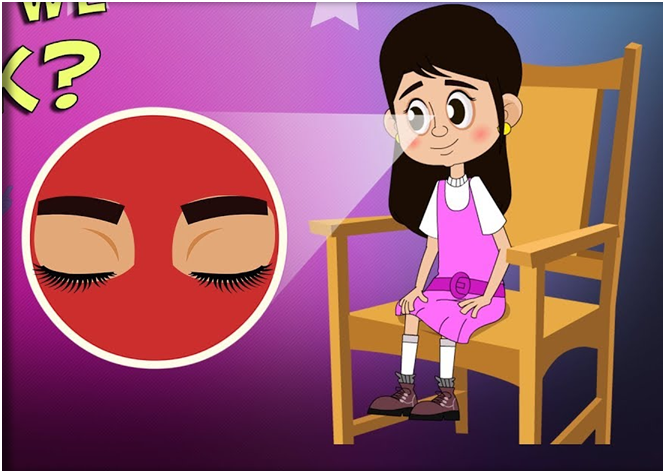Descent of river Ganga
Once it ceased to rain for many years. All the living beings were dying of thirst and lack of sufficient food. King Bhagirath (a ruler of Ayodhya, long before Shri Rama ruled it), couldn't bear to see the pain and also thought that her holy water could be used to liberate the souls of his ancestors who were cursed by sage Kapil and release them to heaven. He decided to pray to Himalaya to send the river down on Mother Earth. Himalaya heard his concerns and told Bhagirath that he would've sent his daughter but she no longer stays with him as she stays with the Gods above.
Bhagirath went to swargalok (heaven)
and pleaded Ganga for help. Seeing the plight of the people on earth, she agreed to help. But she had one concern though. She said that if she came down on
Earth from such a great height, everything on Earth would be destroyed and
washed away. Himalaya suggested Bhagirath to pray to Bhagwan Shiva for help.
Bhagirath sincerely prayed to Bhagwan
Shiva and requested Him to catch Ganga when she arrives on Earth, before she
could hit the ground to ensure her steady and smooth flow. Bhagwan Shiva agreed
and asked Ganga to come down. Ganga playfully asked Bhagwan Shiva to catch her
as she would fall with full force.
Bhagirath thanked Bhagwan Shiva and
asked Ganga to follow him. Ganga started following him. He used to look over
his shoulder from time to time to ensure that Ganga was following him.
After crossing the hermitage of Sage
Jahnu, Bhagirath as usual looked back to find Ganga missing. Ganga had taken a
detour to enter Sage Jahnu's hermitage. Sage Jahnu would feel his feet getting
wet. When he opened his eyes, he found Ganga laughing at his condition. Enraged
with Ganga's childish behaviour, Sage Jahnu collected some water in his palms
and drank it.
Bhagirath called out for Ganga and he could hear Ganga's feeble voice from Sage Jahnu's tummy. Bhagirath requested Sage Jahnu to forgive the playful Ganga and have mercy on all the living beings. Sage Jahnu then let Ganga out of his ear.
This time Ganga obediently followed
Bhagirath and didn't take any detours. As Ganga continued to flow, people
worshipped her and thanked her as she supported and saved all the living beings.
The people thanked Bhagirath for bringing Ganga on Earth. Also his ancestors attained
salvation.















